To mark the end of Disability History Month 2022, Lianna Etkind, Fellowship Areas and Engagement Manager for Central England, spoke to three Fellows about the first 50 years of the social model of disability and what the future holds.
Fifty years ago, Paul Hunt, a wheelchair user living in a residential care home, wrote to The Guardian calling for disabled people to get in touch if they were interested in setting up a group ‘to put forward nationally the views of actual and potential residents of these successors to the workhouse’. The group he set up, The Union of the Physically Impaired Against Segregation (UPIAS), was instrumental in developing the social model of disability and was a key organisation in the emergence of the UK disability rights movement.
I spoke to three disabled Fellows and asked them for their reflections on half a century of the social model of disability; the idea that people are disabled by barriers in society, not by their impairment or difference. What has changed and where next?
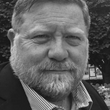
East Midlands
Craig Crowley MBE FRSA is CEO of Action Deafness.
I have been a lobbyist for much of my career in the deaf sector. I have witnessed significant milestones with the change over to the social model of deafness starting with the Chronically Sick and Disabled Persons Act in 1970 (which I first studied at University in 1987) all the way through Mental Health Act 1983, Disability Discrimination Act 1995, Equality Act 2010, BSL Act (Scotland) 2015 to the inaugural British Sign Language Act 2022.
As Honorary President of UK Deaf Sport and former President of Deaflympics, I have lobbied the UK Government regarding the recognition of Deaflympics. To date, the Olympics, Paralympics and Special Olympics are recognised by our government. This is clearly a hearing-centric attitude and shows a lack of awareness of the importance of deaf athletes’ visibility and recognition as equals.
As former Chair of UK Council on Deafness, I played an important part in collaborating with Members of Parliament regarding issues affecting our social model of deafness, deaf culture and sign language.
Very often, Parliamentarians struggle to categorise this in their respective government departments.
It takes a consistent supply of resilience, diplomacy, perseverance, bags of patience and always with a smile on your face in the hope that their eyes and mind will eventually open.
The social model of deafness through positive media exposure (thanks to Rose Ayling-Ellis on Strictly Come Dancing, for example) is fundamental in changing general public perception towards deaf culture, sign language and the importance of accessibility, equality and inclusion.
Although public awareness, acceptance and recognition have improved significantly compared to 20 years ago, yet more work will still need to be done. For instance, the Equality Act 2010 paved the way for the Equality Impact Assessment eight years later. Now with the British Sign Language (BSL) Act 2022 this means any changes (even with digital technology) will take time for BSL accessibility, equality and inclusivity policies to take effect.
At least I am still lobbying behind the scenes, even to this day. Forever live in hope.
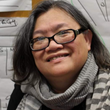
Eleanor Lisney is an access advisor and a founder member and coordinator of Sisters of Frida.
I was not in the UK half a century ago. I was born and bred in Malaysia, so I did not learn about the social model until I came back to the UK in the early 2000s.
What changed for me is the realisation that I can demand reasonable adjustments and access was not my individual responsibility. I became part of Disabled People Against Cuts (DPAC) and protested disability and benefit cuts and demanded disabled people’s rights and independent living. It started me and others on the route to what is now disability justice.
The social model has also included an international understanding of intersectionality. We are not isolated in what oppresses us, be it discrimination and oppression due to being disabled, poor, working class, lack of status, citizenship, qualifications, age, ethnicity, gender, or sexual orientation. We can have mixed identities. In our fight for human rights for disabled people, we cannot ignore those compounded oppressions are also in structural inequalities. What about rights for refugees or BIPOC (black, indigenous and other people of colour)– many of whom are also disabled? Or women?
Sisters of Frida was formed with the understanding that disabled women’s struggles were not included in mainstream disability discussions. But we also pick up voices from the disabled community with an intersectional perspective.
It is good that the disabled community seems to be also picking up on this need to include different identities against dis/ableism.

Justin Donne FRSA is chair of Autistic Nottingham.
The term disabled person has become somewhat of a controversial issue within the neurodiverse community, specifically among autistic individuals. Some people feel very strongly that they are not disabled, they are simply different. This is certainly true for them.
However, something we all need to keep in mind, regardless of the medical model versus the social model, is that if we were to eliminate autism from a recognised form of disability. That would instantly cut off many individuals from the support they absolutely require in their daily living, without which they not only would suffer but would potentially wind up in hospital or worse. Having a registered disability opens the door to support that many people find necessary for life. So first and foremost, we need to keep this in mind before we campaign to try to eliminate something from being categorised as a disability, which some government officials would welcome as a means to save money.
In my role as the regional stakeholders Network Chair for the Cabinet Office Disability Unit, I’m very mindful that being a disabled person, being labelled as having a disability, doesn’t make one less of a person. The word disability is not a dirty word. Therefore, taking offence to that word, to that label, is not the solution to achieving equity and equality in society. A campaign to change perceptions would make much more of a difference, and indeed, we are currently undertaking that.
One positive aspect of our culture is that we have the right to choose to self-identify with certain characteristics. Thus, anyone with any disability, or neurodiversity, can choose to identify as having a disability and seek the support they require. Or they may choose not to identify as having a disability, and that would be their right and their choice. This, of course, does bring up the further issue of disclosure, as well as discretion, and as most of us know, we have the legal right to disclose or not disclose personal information at our discretion.
Disabled people have come a long way since UPIAS. There’s greater visibility of disabled people in the media and in the public eye; and greater access to public services like transport (good riddance to the old Routemaster buses).
However, there’s still a long way to go. Walk down any high street and you’ll pass shops, cafes and restaurants which, in contravention of the legal obligation to make ‘reasonable adjustment’ for disabled people, have a step and are inaccessible to wheelchair users. Whilst many service providers are in contravention of the Equality Act, enforcement is difficult, and the places the onus on disabled people to take legal action.
What next for disabled people’s rights? Increasingly, disabled people are using the law strategically – for example, Katie Rowley, a Deaf woman, recently won a claim against the Cabinet Office for their failure to provide BSL interpretation for Covid briefings. It's clever interventions like this which can ensure that the legal protections that disabled people fought for and won through Parliament are made real in our high streets, railway stations and public spaces.
What are your views on the progress that has been made since the inception of the social model of disability 50 years ago? Where would you like to see other progress made to ensure everyone feels included in society? Let us know in the comments below.
Related articles
-
Announcing the Pupil Design Award winners 2022
Blog
Hannah Breeze Aidan Daly
Read about the winners of the RSA Pupil Design Awards 2021 – 2022. The teams have provided us with a range of innovative ideas that tackle challenges in the food, education and built-environment systems.
-
Will a new history curriculum support schools to be more inclusive?
Blog
Milla Nakkeeran
This blog explores the benefits of an inclusionary curriculum that empowers students to think critically about the past in a way that is meaningful to them.
-
Whose future is it? Why every voice matters
Blog
Adanna Shallowe
Any process that seeks to re-imagine the future must be co-designed to be inclusive.
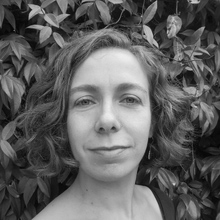
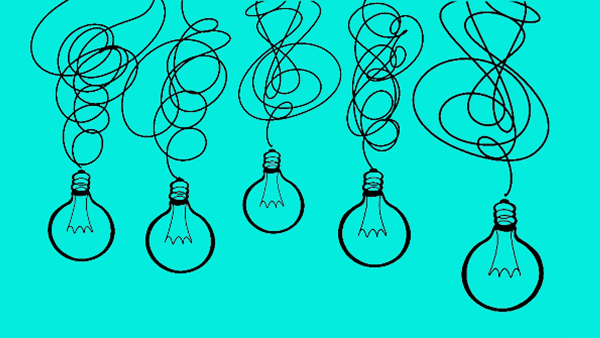
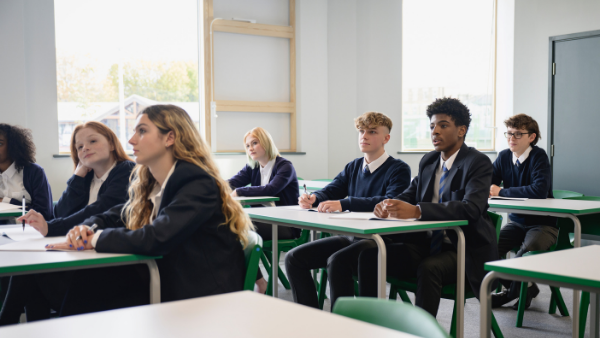
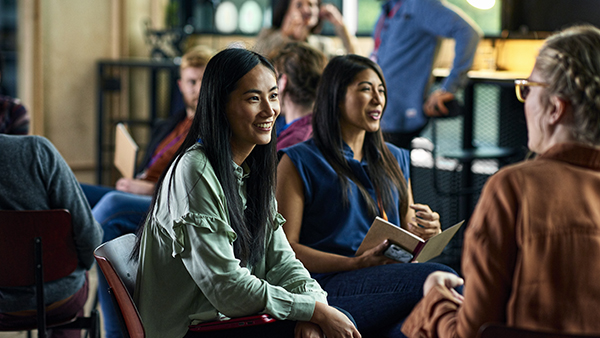
Be the first to write a comment
Comments
Please login to post a comment or reply
Don't have an account? Click here to register.